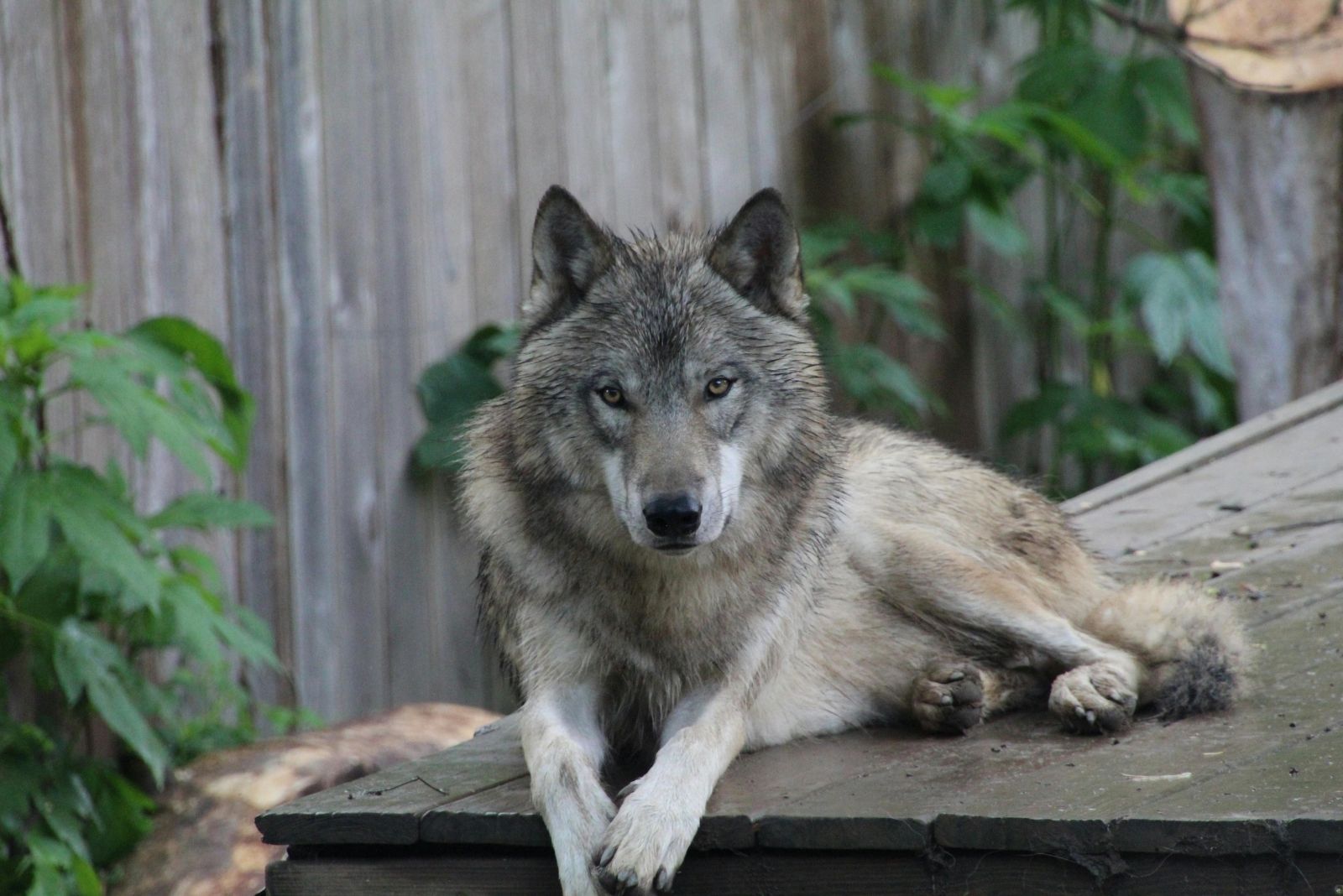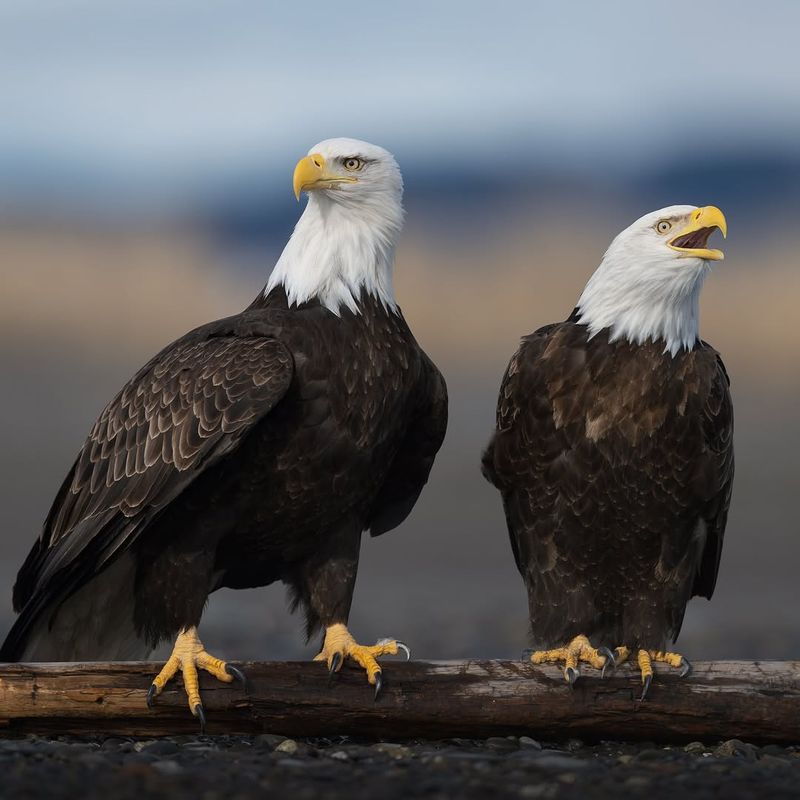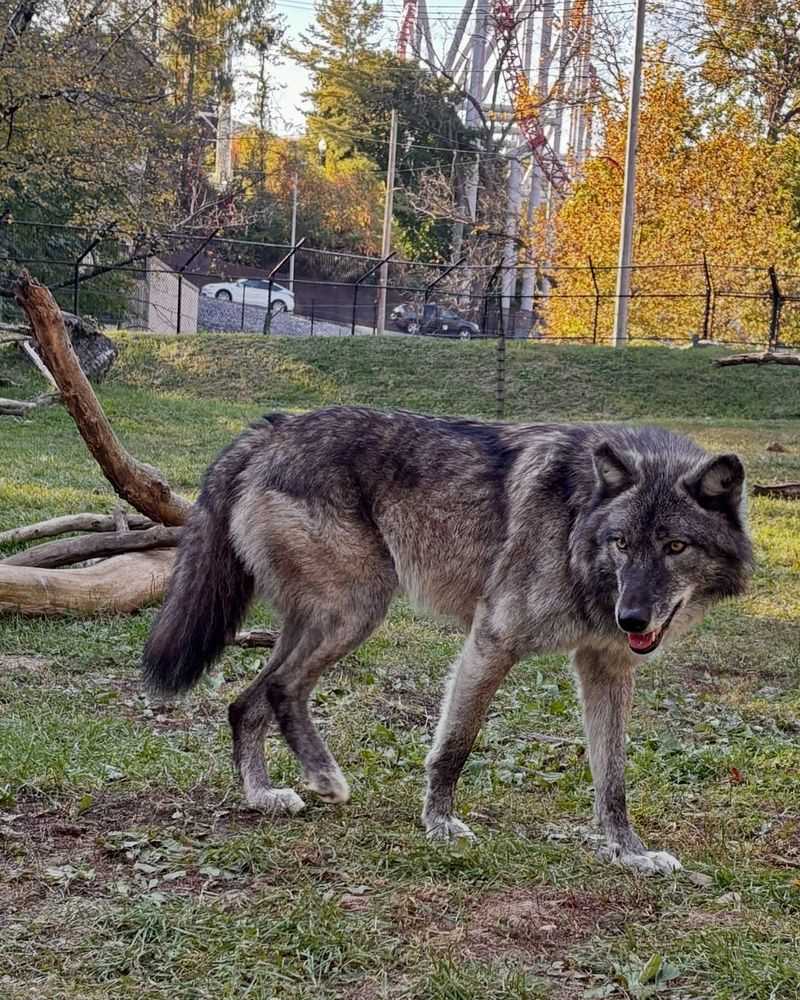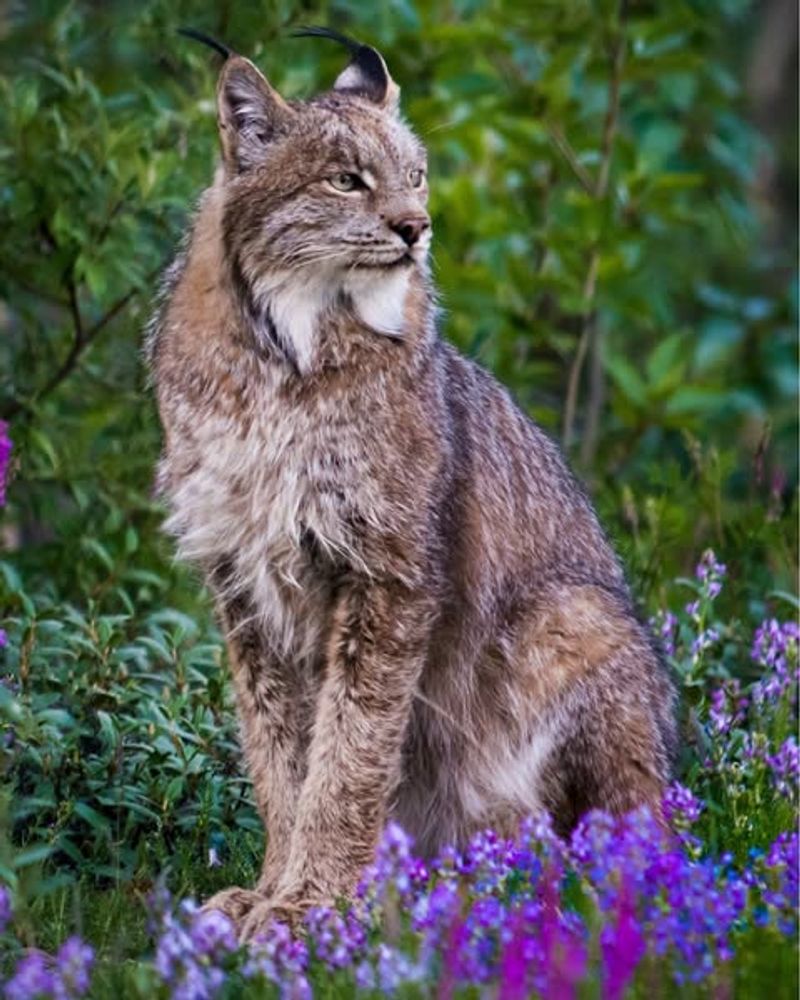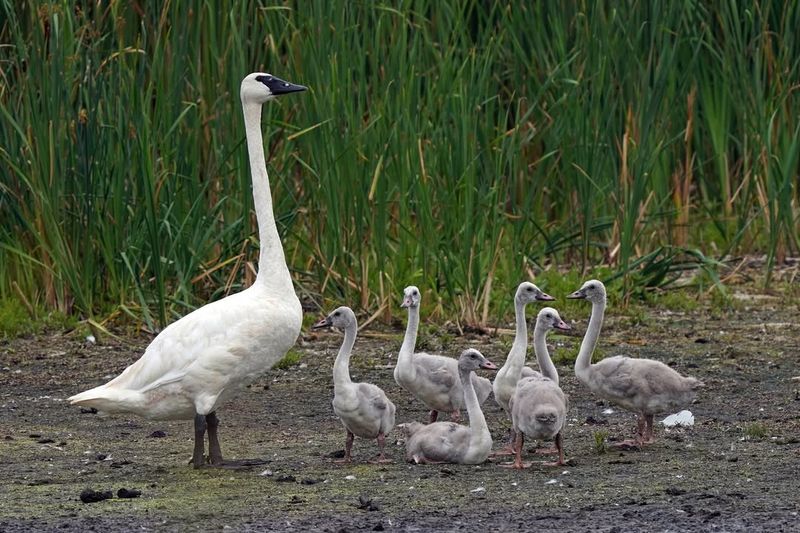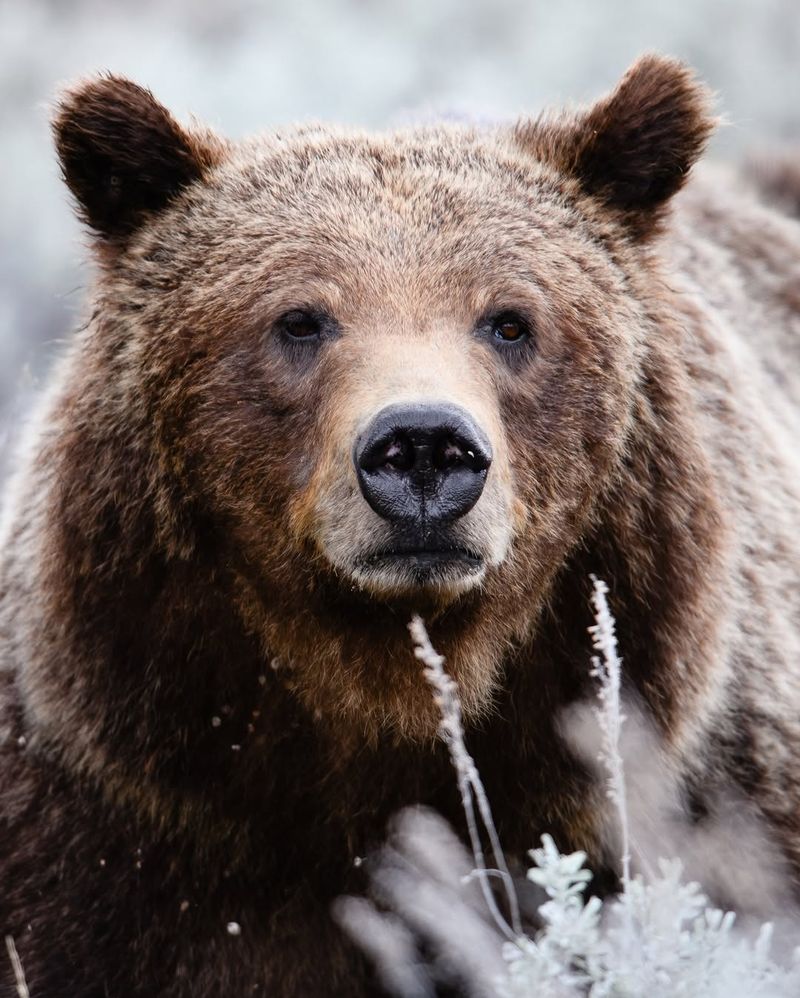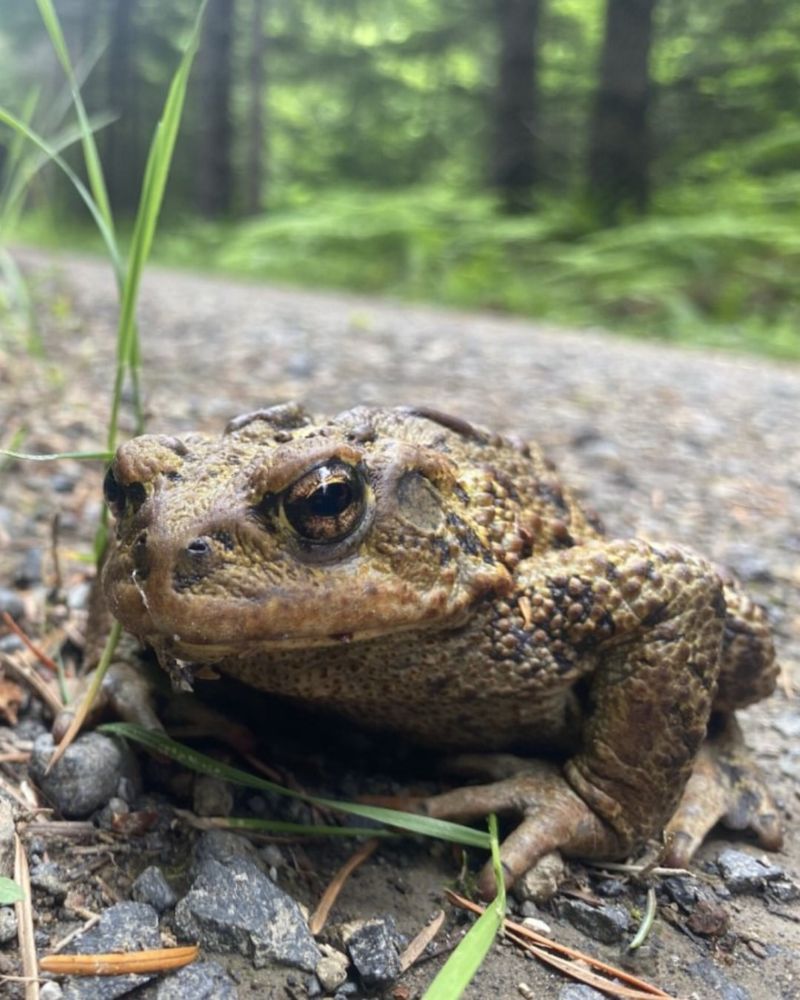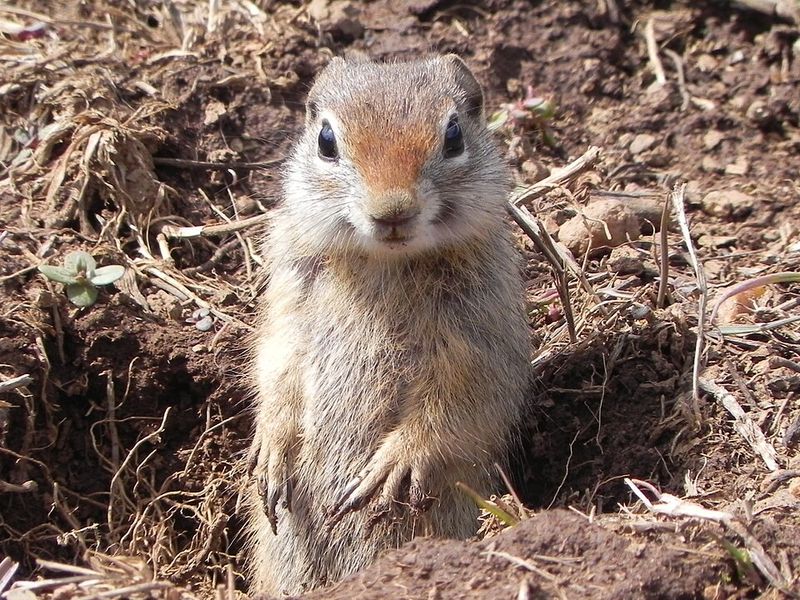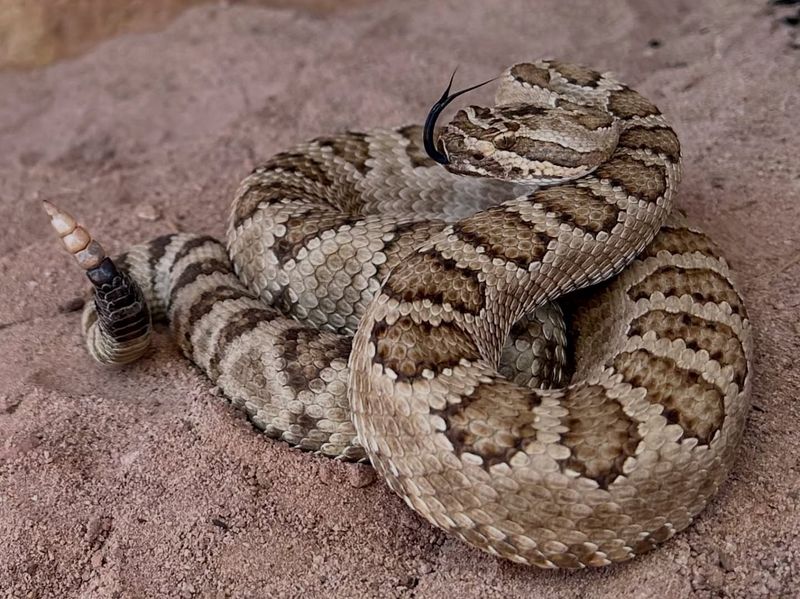Idaho’s wilderness is home to an incredible variety of wildlife, from soaring birds to elusive mammals. While some animals might seem like pests when they wander onto your property, state and federal laws protect many of them from being harmed or relocated.
Understanding which creatures are off-limits can help you stay on the right side of the law while respecting the natural ecosystem that makes Idaho so special.
1. Bald Eagles
America’s national symbol holds special protection under the Bald and Golden Eagle Protection Act. These magnificent raptors have made a remarkable comeback in Idaho after nearly vanishing decades ago.
If a bald eagle decides to nest on your property, consider it an honor rather than a nuisance. Their presence indicates a healthy environment with plenty of fish and small mammals nearby.
Disturbing their nests or attempting removal can result in hefty fines up to $100,000 and even jail time, so admire them from a respectful distance instead.
2. Gray Wolves
Once nearly extinct in the Lower 48, gray wolves returned to Idaho through reintroduction efforts in the 1990s. Their protected status has shifted over the years, but federal regulations still apply in certain situations.
Property owners cannot simply shoot or trap wolves without proper permits and documentation. Idaho Fish and Game must be contacted if wolves pose legitimate threats to livestock or pets.
Understanding the specific regulations in your county is essential, as wolf management remains a complex and evolving issue throughout the state.
3. Canada Lynx
With their signature ear tufts and oversized paws, Canada lynx are perfectly adapted for Idaho’s snowy mountain regions. These elusive cats are listed as threatened under the Endangered Species Act.
Spotting one on your property is extremely rare, as they prefer remote wilderness areas far from human activity. Their diet consists mainly of snowshoe hares, making them important predators in the ecosystem.
Any harassment, harm, or removal attempts are strictly prohibited and carry serious legal consequences for Idaho residents who violate federal protection laws.
4. Trumpeter Swans
North America’s heaviest native waterfowl, trumpeter swans grace Idaho’s wetlands with their elegant presence. Their recovery from near-extinction represents one of conservation’s greatest success stories.
These swans can be territorial during nesting season, but removing them from ponds or lakes on your property violates the Migratory Bird Treaty Act. Idaho provides critical habitat for both nesting and migrating populations.
If swans become problematic, wildlife officials can provide non-lethal deterrent methods that keep you compliant with federal law while protecting your property interests.
5. Grizzly Bears
Few encounters inspire more awe and fear than coming face-to-face with a grizzly bear. These powerful predators inhabit remote corners of Idaho, particularly near Yellowstone and in the northern panhandle regions.
Federal protection as a threatened species means Idaho residents cannot kill grizzlies except in immediate self-defense situations. Proper food storage and bear-aware practices prevent most conflicts before they start.
If a grizzly frequents your property, wildlife officials must be contacted immediately to assess the situation and determine appropriate management actions under federal guidelines.
6. Pygmy Rabbits
America’s smallest rabbit species faces serious habitat challenges across Idaho’s sagebrush ecosystems. These pint-sized hoppers depend entirely on sagebrush for both food and shelter throughout harsh winters.
Listed as a species of concern, pygmy rabbits receive protection from collection and harm on private property. Their presence indicates healthy sagebrush habitat that supports numerous other wildlife species.
Idaho landowners play a crucial role in conservation by maintaining sagebrush areas and working with wildlife agencies to protect these diminutive rabbits for future generations to appreciate and study.
7. Western Toad
Ever seen a toad with a story? The Western Toad, known for its waddling gait, is a protected species in Idaho. Its bumpy skin and distinct markings make it a fascinating sight.
Found near ponds and forests, these toads are vital for maintaining ecological balance. Interestingly, they hibernate during winter, emerging in spring to breed in large numbers.
These creatures are sensitive to environmental changes, making their conservation crucial. Protecting their natural habitats ensures the survival of many other species dependent on this ecosystem.
8. Northern Idaho Ground Squirrel
Small but mighty, the Northern Idaho Ground Squirrel is an endearing resident of Idaho’s meadows. These little critters are recognized by their speckled fur and short tails.
They play a significant role in soil aeration and seed dispersion. However, their populations have dwindled, leading to legal protections.
Known for their chirpy calls, they signal to each other about predators. Protecting these squirrels helps safeguard the intricate web of life they support, from plants to predators.
9. Great Basin Rattlesnake
A creature of beauty and caution, the Great Basin Rattlesnake is often misunderstood. With its distinct diamond patterns and rattling tail, it commands both respect and curiosity.
Found in Idaho’s dry, rocky areas, it plays a crucial role in controlling rodent populations. This snake is usually shy, preferring to avoid confrontation.
Efforts to protect it help preserve the balance of nature. Educating the public about its behavior can reduce negative encounters, ensuring peaceful coexistence.

